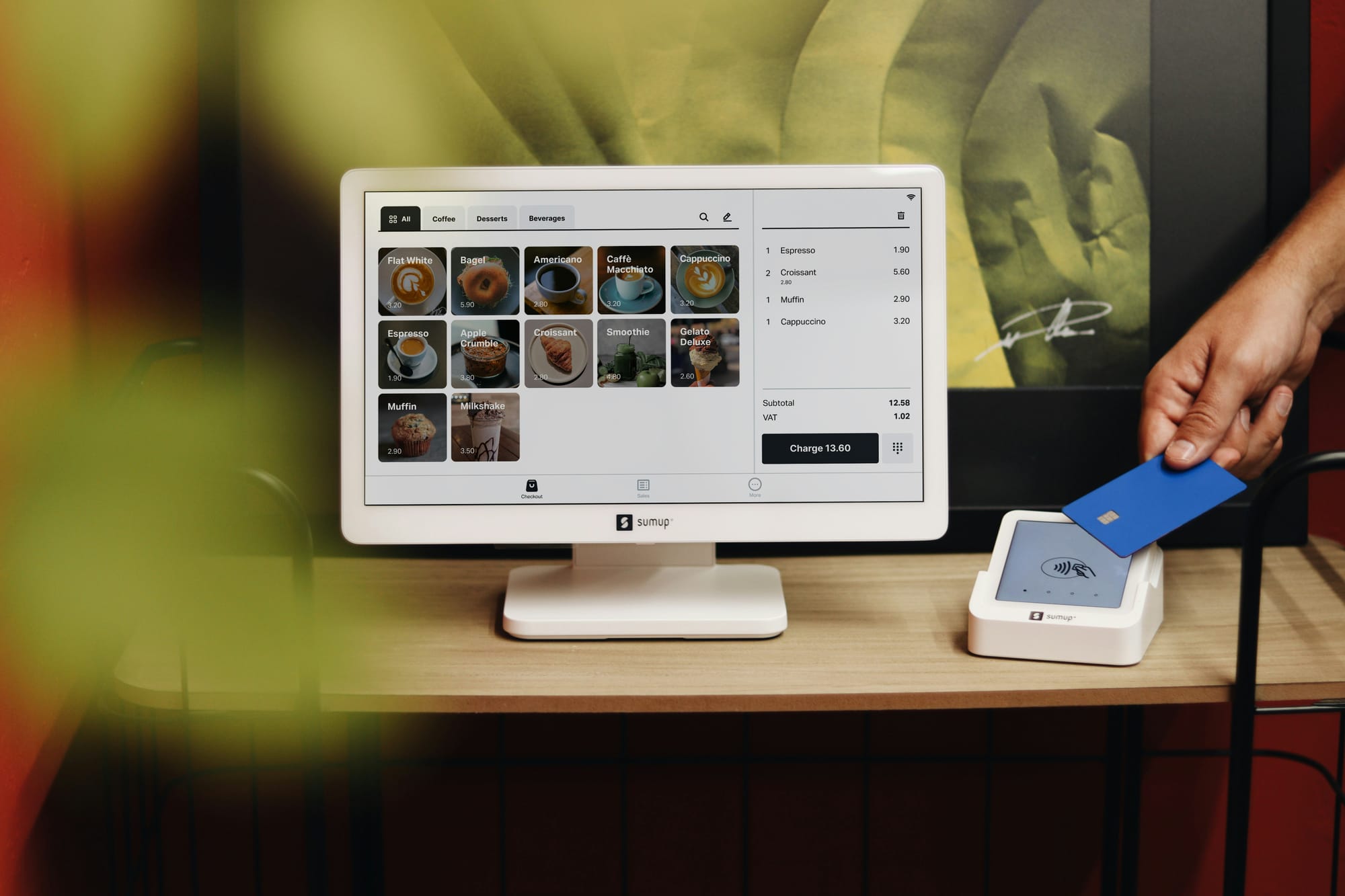The 8 types of website personalization
Website personalization has become a strategic advantage for companies across ecommerce, SaaS, and online service industries. As consumers increasingly expect a tailored online experience, leveraging different types of website personalization has become essential for engaging visitors and driving conversions.
From content recommendations to dynamic calls-to-action, personalized website experiences allow businesses to cater to individual preferences, improve engagement, and ultimately increase conversions.
What is website personalization?
Website personalization involves dynamically changing content and user interactions based on individual visitor data. This data can include user behavior, demographics, location, previous interactions, and other factors that indicate preferences. Website personalization isn’t a one-size-fits-all approach - it’s a customized experience designed to deliver relevant content that meets users’ unique needs and interests.
Why is website personalization important?
Personalized web experiences can significantly enhance customer engagement. By delivering content that resonates with each visitor, businesses can create memorable experiences that increase the likelihood of conversions and build customer loyalty. In fact, research shows that consumers are more likely to make a purchase when content is personalized to their preferences. For companies looking to gain a competitive edge, understanding the different types of website personalization is crucial.
Types of website personalization
There are several methods to personalize a website experience effectively. Here’s a breakdown of the 8 main types of website personalization that companies can implement to optimize user engagement and increase conversion rates.
1. Content personalization
Content personalization tailors the displayed information according to user preferences, behavior, or interests. By personalizing blog articles, images, videos, or product descriptions, companies can ensure that users are exposed to content that resonates with them.
- Examples: A media platform could recommend articles based on a visitor’s past reading history, or an ecommerce site could display products related to previous purchases.
- Benefits: Higher engagement, lower bounce rates, and an improved user experience.
Content personalization enables companies to guide users towards specific content that aligns with their interests, making them more likely to stay on the site and engage with additional material. Use ConversionWax to help you automate this.
2. Product recommendations
One of the most common types of website personalization - product recommendations use data-driven insights to suggest products or services that align with user preferences. This type of personalization is commonly used in ecommerce sites to increase cross-selling and upselling opportunities.
- Examples: An ecommerce site displaying a “You May Also Like” section or a “Customers Who Bought This Also Bought” list tailored to a visitor’s browsing history.
- Benefits: Increases average order value, boosts conversions, and enhances customer satisfaction.
Recommendations create a sense of relevancy, which often leads to higher purchase intent and a more enjoyable shopping experience.
3. Dynamic Calls-to-Action (CTAs)
Dynamic CTAs change based on where the user is in the customer journey, making them highly effective for conversion rate optimization. Personalizing CTAs according to the visitor’s interests or stage in the funnel can increase click-through rates and guide users more effectively toward conversion.
- Examples: A SaaS company could show new visitors a CTA for a free demo, while returning visitors see a “Sign Up Now” CTA.
- Benefits: Boosts engagement and ensures that users see relevant offers, increasing the likelihood of conversion.
Dynamic CTAs are an essential part of website personalization, helping direct visitors in a way that feels natural and appropriate based on their relationship with the brand.
4. Location-based personalization
Location-based personalization tailors website content based on the geographic location of the visitor. By detecting a user’s IP address, businesses can personalize the experience to highlight regionally relevant content, language, currency, and offers.
- Examples: Displaying different promotions for users in specific regions or adapting content to local languages and currencies.
- Benefits: Improves relevancy, enhances the user experience, and can reduce cart abandonment.
This type of personalization is especially beneficial for businesses operating across multiple regions, as it ensures that users see content, prices, and promotions that are specific to their location. Use ConversionWax to help you automate this.
5. Behavioral personalization
Behavioral personalization tailors the site experience based on user behavior, such as browsing history, time spent on pages, or actions taken (e.g. adding items to the cart). It’s a data-driven approach that uses real-time insights to create a dynamic experience for each visitor.
- Examples: Showing a pop-up offering a discount if a user spends a significant amount of time on a product page or tailoring product suggestions based on browsing patterns.
- Benefits: Helps reduce bounce rates, encourages conversions, and improves user engagement.
Behavioral personalization allows businesses to respond dynamically to user interests, making it easier to move potential customers toward purchase decisions.
6. Demographic-based personalization
Using demographic information (like age, gender, or occupation), businesses can create personalized experiences that cater to specific audience segments. This approach is especially useful for companies with varied target audiences, as it enables them to deliver content that speaks to the unique needs of different user groups.
- Examples: Displaying different products for men and women or promoting age-appropriate content.
- Benefits: Increases relevancy and helps improve the customer journey by tailoring content to specific demographics.
Demographic-based personalization helps users feel seen and understood, fostering a positive connection with the brand.
7. Email personalization and on-site integration
Personalizing email marketing based on user data and then integrating these insights into website personalization efforts creates a seamless, cohesive experience. Emails that encourage users to return to the site with relevant offers can lead to more conversions.
- Examples: Sending an abandoned cart reminder email and then displaying the cart items upon the user’s return to the site.
- Benefits: Improves conversion rates by maintaining continuity and encouraging return visits.
This strategy is particularly effective for reducing cart abandonment, as it leverages personalized follow-ups to re-engage potential buyers.
8. Time-based personalization
Time-based personalization customizes content or promotions depending on the user’s time of day, season, or even specific holidays. This can make the site feel more relevant and timely, showing users that the business stays current with seasons, events, or trends.
- Examples: Highlighting holiday-themed promotions or shifting content emphasis based on the time of day.
- Benefits: Increases relevancy and provides a fresh experience for repeat visitors.
By aligning content with timely contexts, this approach makes the website feel more engaging and timely, often leading to higher conversion rates. Use ConversionWax to help you automate this.
Implementing effective website personalization
To successfully implement these types of website personalization, businesses need access to high-quality data and the right tools. Personalization software, like ConversionWax, helps automate the personalization process, using AI and machine learning to adapt content dynamically. For businesses to achieve the best results, maintaining a robust data infrastructure, testing personalized elements, and iterating based on performance are all essential practices.
Summary
Different types of website personalization each offer unique ways to create meaningful, engaging, and converting website experiences. By leveraging a mix of content, behavioral, demographic, and dynamic CTAs, among others, marketers and website managers can transform their websites into conversion engines that truly resonate with visitors. In today’s competitive digital landscape, understanding and implementing these types of personalization is not just a strategy - it’s a necessity for growth and engagement.
Start your free trial of ConversionWax
-

Unlock the benefits of website personalization
-

E-commerce conversion best practices
-

Your ultimate Conversion Rate Optimization checklist
-

How to: complete a Conversion Rate Optimization audit
-

An easy guide to ecommerce website optimization
-

Your guide to Conversion Rate Optimization best practices
-

Landing page optimization - maximizing your conversions
-

Website performance optimization techniques to boost your online business
-

Benefits of website personalization for online businesses
-

How to improve your ecommerce checkout conversion

